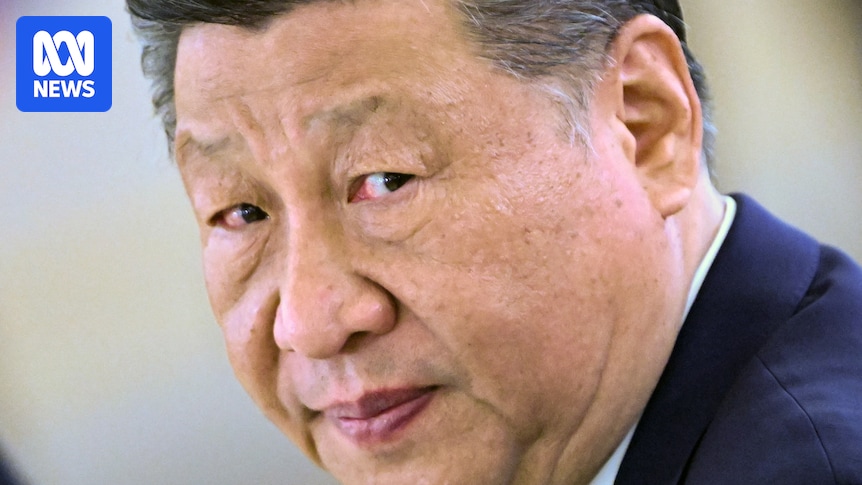
China’s ambitions to join the Comprehensive and Progressive Agreement for Trans-Pacific Partnership (CPTPP) are facing significant hurdles as tensions with Japan escalate and Australia, the current chair of the trade pact, finds itself in a pivotal position. The diplomatic friction mirrors the cycle of pressure previously experienced by Australia, now unfolding across the East China Sea.
The unfolding scenario is reminiscent of Beijing’s earlier pressure campaign against Canberra, characterized by diplomatic thaws followed by sudden reversals due to political disagreements. This time, however, the repercussions extend beyond bilateral relations, impacting China’s bid to join one of the world’s most stringent trade agreements.
China-Japan Relations: A Pattern of Unpredictability
China and Japan have a history of brief diplomatic thaws followed by rapid deteriorations, a cycle so regular that it is almost treated as political weather. The latest reset occurred at the Asia-Pacific Economic Cooperation (APEC) summit, where leaders from both nations pledged to foster a “constructive and stable” relationship. Talks resumed on stalled economic projects, and Japanese exporters affected by China’s 2023 seafood ban were allowed to reapply for permits.
However, the diplomatic temperature plummeted swiftly after Japanese Prime Minister Sanae Takaichi suggested that a Chinese attack on Taiwan could trigger a collective self-defense response. Beijing’s sharp reaction included threats of renewed bans on Japanese seafood and warnings of “resolute measures.”
Within days, flights across 12 major routes were canceled, and Japanese companies faced renewed uncertainty about their export permits.
For Japanese industries, especially seafood, tourism, and manufacturing, the message was clear: China’s playbook remains unchanged.
Implications for China’s CPTPP Ambitions
China’s approach to Japan comes at a critical moment for its CPTPP aspirations. Having applied to join the agreement in 2021, Beijing aimed to position itself as a leader in regional economic integration amid U.S. trade retreat. However, the CPTPP is not merely a trade pact; it is a framework built on transparent decision-making and non-discrimination.
China’s inconsistent treatment of Japanese seafood exports undermines these principles, echoing tactics used against Australia since 2020. The timing of these actions coincides with CPTPP members meeting in Melbourne to discuss new membership bids, creating a structural challenge for China: CPTPP enlargement requires unanimity, and Japan holds a veto.
Japan’s Cautious Stance
Even before the latest clash, Japan was wary of China’s application due to concerns over subsidies and state-owned enterprises. The political pressure from recent events makes approval nearly impossible. Beijing’s linkage of trade retaliation to Takaichi’s comments on Taiwan complicates matters for a Japanese government already skeptical of China’s intentions.
Approving China’s CPTPP bid would be politically untenable for Tokyo, raising questions about trust and adherence to the pact’s rules.
Australia’s Strategic Role
Australia, as the CPTPP chair, finds itself with considerable influence over the accession process. While the role is technically procedural, it allows Canberra to emphasize technical assessments over political decisions. This strategic position enables Australia to prioritize other applicants, such as Uruguay, Indonesia, or the Philippines, while cautiously navigating China’s bid.
Australia’s approach is expected to be cautious, especially given recent stabilization of trade ties with Beijing. However, Canberra cannot be seen to expedite China’s application while Japan faces economic pressure. The safest path is a deliberate one, focusing on process, standards, and transparency.
Politically, this approach benefits the Albanese government, with Vietnam set to assume the chair next year.
Broader Implications and Future Prospects
A slower CPTPP process strengthens Australia’s hand, reassuring voters who recall Beijing’s previous trade restrictions. Other CPTPP members, including Canada, Singapore, and Mexico, share concerns about China’s ability to meet the agreement’s standards, particularly regarding state subsidies and coercive behavior.
The Melbourne meeting advanced discussions on several fronts, including Uruguay’s accession and new dialogues with ASEAN and the EU. These developments highlight the CPTPP’s role as a regional rule-setting institution, with joint statements emphasizing the need for predictable, transparent trade rules.
China entered the CPTPP debate hoping to present itself as a stabilizing economic actor. However, its actions toward Japan—abrupt, punitive, and politically motivated—complicate its case. While China does not need unanimous support now, it will eventually need Japan’s approval. As long as the cycle of economic coercion continues, China’s pathway into the CPTPP remains obstructed by the very country it seeks to influence.






